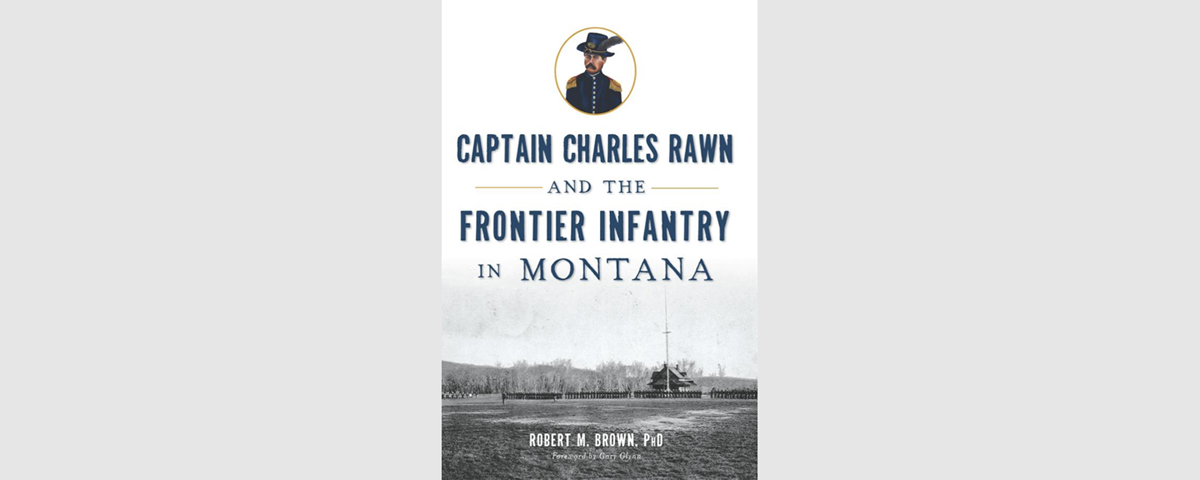Captain Charles Rawn and the Frontier Infantry in Montana, by Robert M. Brown, The History Press, Charleston, S.C., 2016, $21.99
The officer corps of the frontier Army was not comprised entirely of flamboyant leaders and commanding figures with well-known surnames—e.g., Custer, Crook, Miles, Sheridan, and Sherman. This biography profiles one of the quiet, efficient officers who did his duty and left little lasting legacy—Captain Charles Coatesworth Rawn. “Although he was an unheralded, minor player on a huge stage,” author Robert Brown writes, “it is exactly men like…Rawn who ‘won’ the West.”
Born in 1837 in Harrisburg, Pa., Rawn served mostly in administrative roles during the Civil War, then with the 7th U.S. Infantry in Reconstruction Florida before his career took him to frontier Montana (1872–79 at Forts Shaw and Missoula). “Minor player” though he may have been, he participated in several notable actions. At the August 1872 Battle of Pryor’s Creek, for example, the Army suffered only one fatality while holding off a superior force of attacking Plains Indians, even though commanding officer Major Eugene Baker was incapacitated by drink. Stepping up in his stead, senior Captain Rawn effectively deployed his infantry to help save the day. After that clash, Brown notes, Colonel John Gibbon wrote to General Winfield Scott Hancock, stating that “had he been able to communicate to the men in the field, he would have placed Captain Rawn in command and had him arrest Major Baker.”
In July 1877, during the Nez Perce War, Rawn, leading a small group of soldiers out of Fort Missoula and a body of volunteers, sought to block the Indians from descending into Montana Territory at Lolo Pass. The Nez Perce simply went around Rawn and company’s improvised barricade, referred to as “Fort Fizzle.” Jokes and censure of the captain’s failure followed, but Gibbon exonerated him of any blame, as the force Rawn had been given was clearly inadequate. At the Battle of the Big Hole that August, when the wounded Gibbon went to Deer Lodge to receive treatment, he left Rawn in charge. “After his chief was wounded, the direction of affairs largely evolved on him,” wrote a civilian eyewitness, “and it was grand to witness the readiness in which the men followed where he went and their confidence in his leadership.”
After his stint in Montana Territory Rawn, despite medical issues, served at various other Western posts. In April 1884 he earned promotion to major in the 24th Infantry, one of four black regiments. He died in 1887 weeks shy of his 50th birthday. To relate the story of the Sioux and Nez Perce wars, the author by necessity deviates from Rawn’s narrative, and there remain unanswered questions regarding the officer’s motivation. Brown admits we will probably never know why “a man of such pedigree and education chose to continue to serve in the Army.”
—Editor





